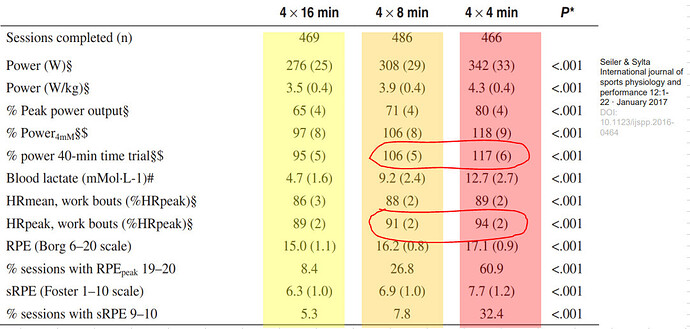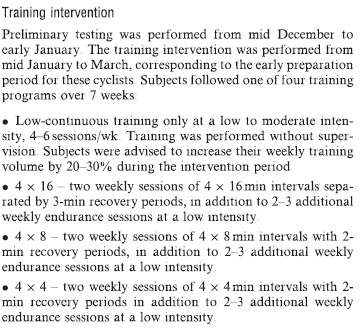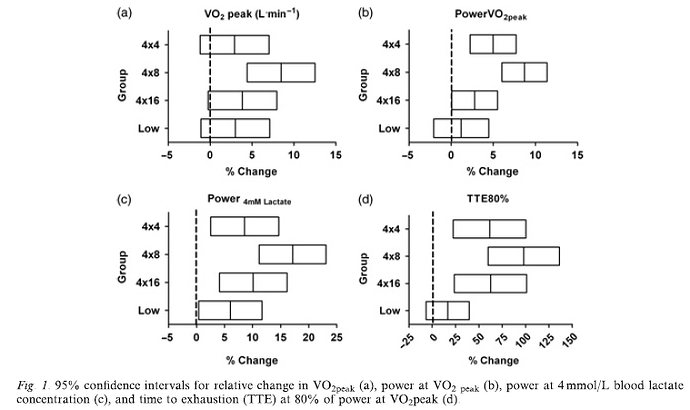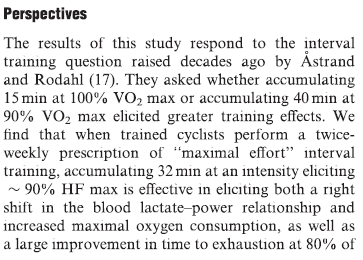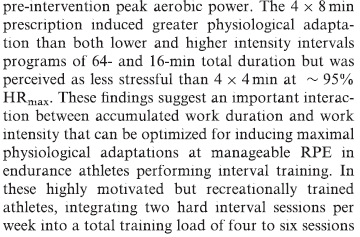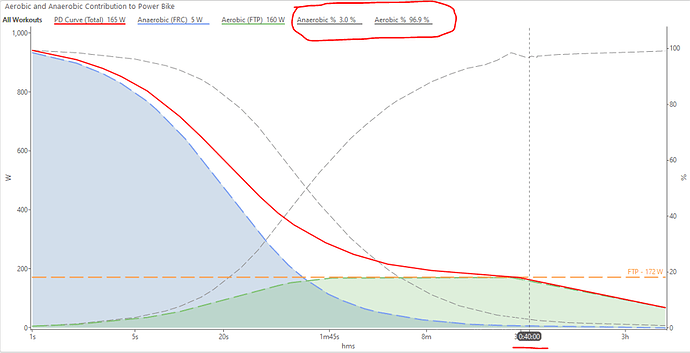Oh that is more sensible  And for sure Mark Allen was training 20+ But realize part of his success is because he can handle a lot more training stress than most people.
And for sure Mark Allen was training 20+ But realize part of his success is because he can handle a lot more training stress than most people.
So we are talking about balancing stress and recovery. Mark Allen is genetically gifted and sleeping 10+ hours a night. So for him doing 20-30, might be similar to you doing 7-10 hours of training if you are sleeping less than 7 hours a night. If you can sleep 8+ hours a night then you likely have more flexibility.
I am 100% sure their is a correlation between stress and injury in most cases and lack of sleep is very stressful especially combined with intensity in training. So it’s always a combination of things, sleep just being a major factor for many people but diet can have a major effect as well. One option is to become an expert in HRV or minimum sleeping HR to you can make sure you are not digging a hole. My minimum sleeping HR (MSHR) (apple watch or garmin) is about 41-42 bpm, normal well rested is 43-44 and stressed is 46-50. So I skip all intensity and long efforts when I get to 47bpm+ until it comes back down. I can see even my diet affects my MSHR.
Just realize VO2max efforts are not what improve your VO2max. All training increases your VO2max as it is primarily a function of aerobic improvement and running/cycling/swimming economy. So not sure how good of base you have now but think in terms of base, build, peak. Base you could spend 6-months doing purely low intensity making sure your body is very well recovered and very prepared for 6 months of increasingly harder and harder efforts.
Many people will go crazy not doing any intensity each week. That might be you  So in this case the intensity is not the driver of aerobic fitness but about feeling you are getting or staying in some level of fitness, which is a function of your anaerobic capacity, which does not help your IM goal at all. You will gain aerobic fitness with intensity too, but what exact combination of intensity will drive aerobic fitness for you is impossible to know. Generally HIIT is proven when doing very minimal training. I think overall the workouts you are suggesting sound fine as well but you should ease into them.
So in this case the intensity is not the driver of aerobic fitness but about feeling you are getting or staying in some level of fitness, which is a function of your anaerobic capacity, which does not help your IM goal at all. You will gain aerobic fitness with intensity too, but what exact combination of intensity will drive aerobic fitness for you is impossible to know. Generally HIIT is proven when doing very minimal training. I think overall the workouts you are suggesting sound fine as well but you should ease into them.
When doing high intensity the main benefit is as I said and MedCD said for race specific anaerobic goals but you don’t need this aspect at all for such a long event that does not have any sprinting needs. The other reason is when you are doing say less than 5 hours a week of training just to stay in shape.
Periodization
Think of each phase as preparation for the next phase. If you have never completed an Ironman I would forget about target time for the first one and focus on finishing before the cutoff time. You increase your odds of success significantly adding an optimistic time clouds your mind in just enjoying your training and staying healthy/safe. Again at this point prioritize life and health over finishing time. The last 2-4 months before the event you can think about finishing time but even that runs a much bigger risk than just focusing on finishing.
So your peak period should be about 2 months before your event (do efforts as specific to your event at you can, target pace intervals). The build period should last about 4 months. So for the next 6 months it can be 100% base period so this is about preparing your body for build and peak. I would say the most critical element you can do is 1 long effort each week. Long ride, long run, longish swim… Those don’t need any intensity at all. I realize long is likely difficult with family commitments. Maybe 1 long run, alternating on weeks with one long ride and fitting in the swim how you can.
Recovery based training
So I am saying base the amount of intensity on how good you are at your recovery and only dial up the intensity later after you have a really solid base and are recovering very well. If you sleep 8+ and have a low stress life and eating very high quality then ok, you can handle more, but if you are falling short in recovery cut down the intensity. So in a simplified form, you can say your 10 hour goal is directly related to your recovery not to your training.
